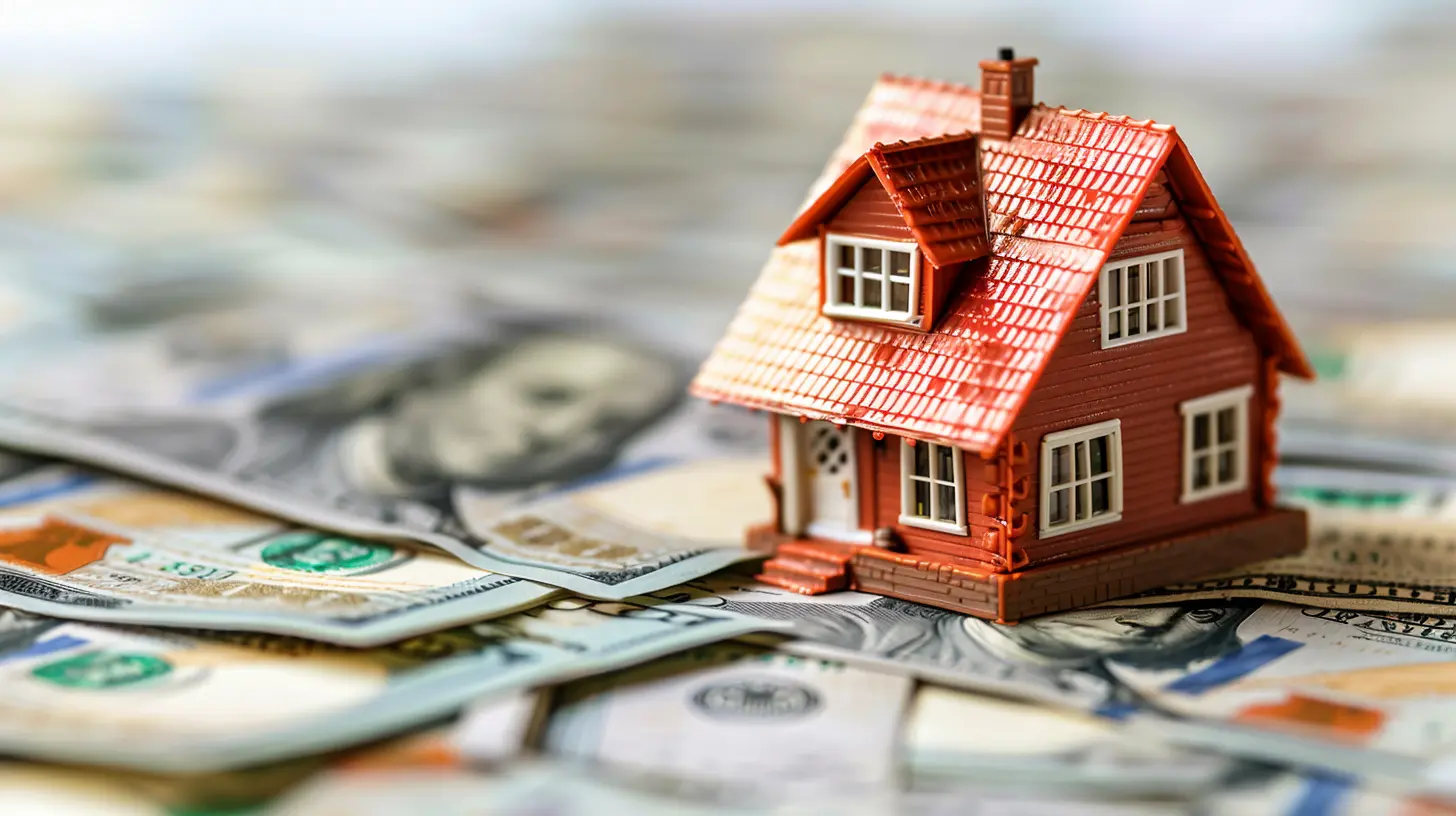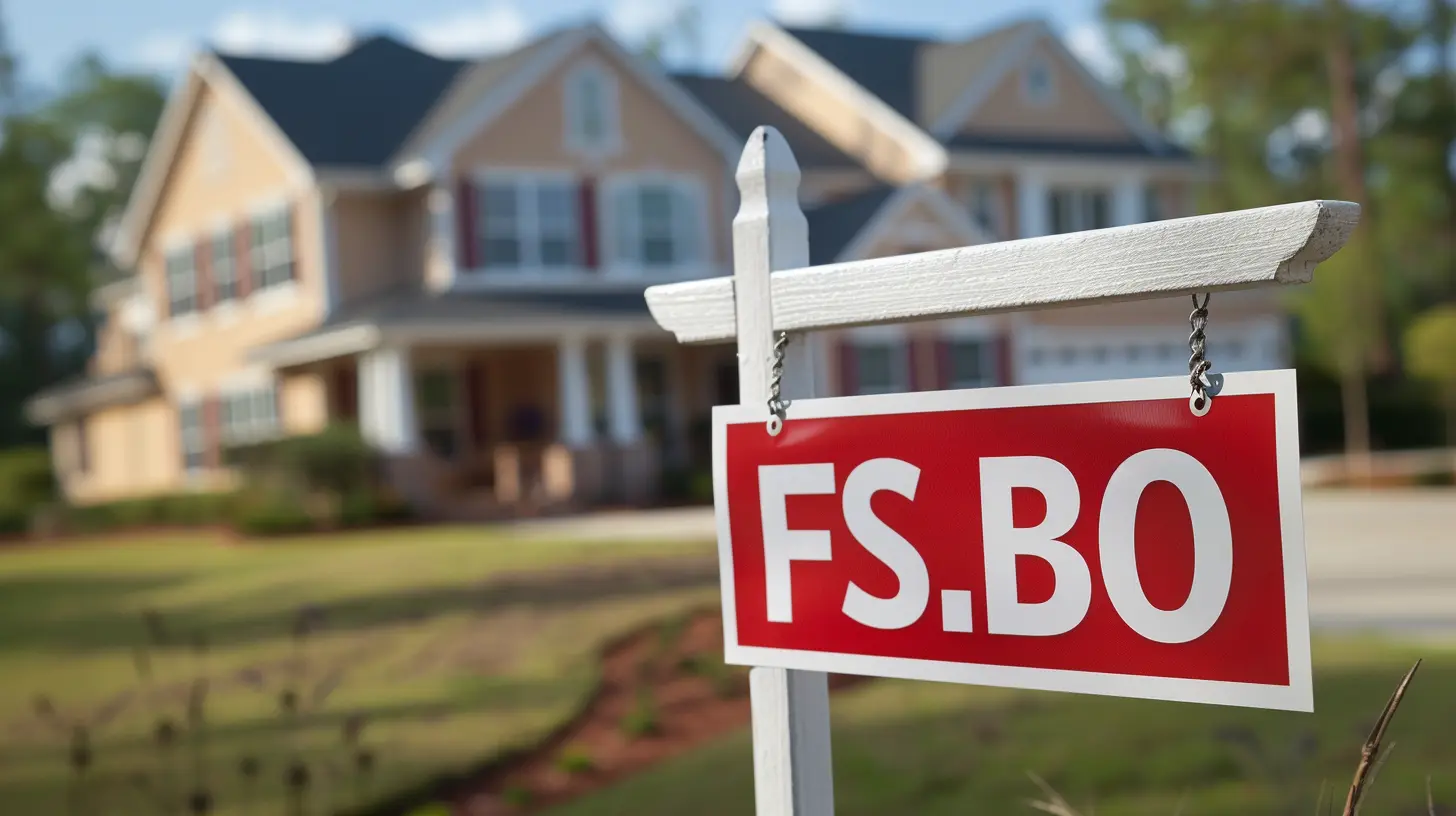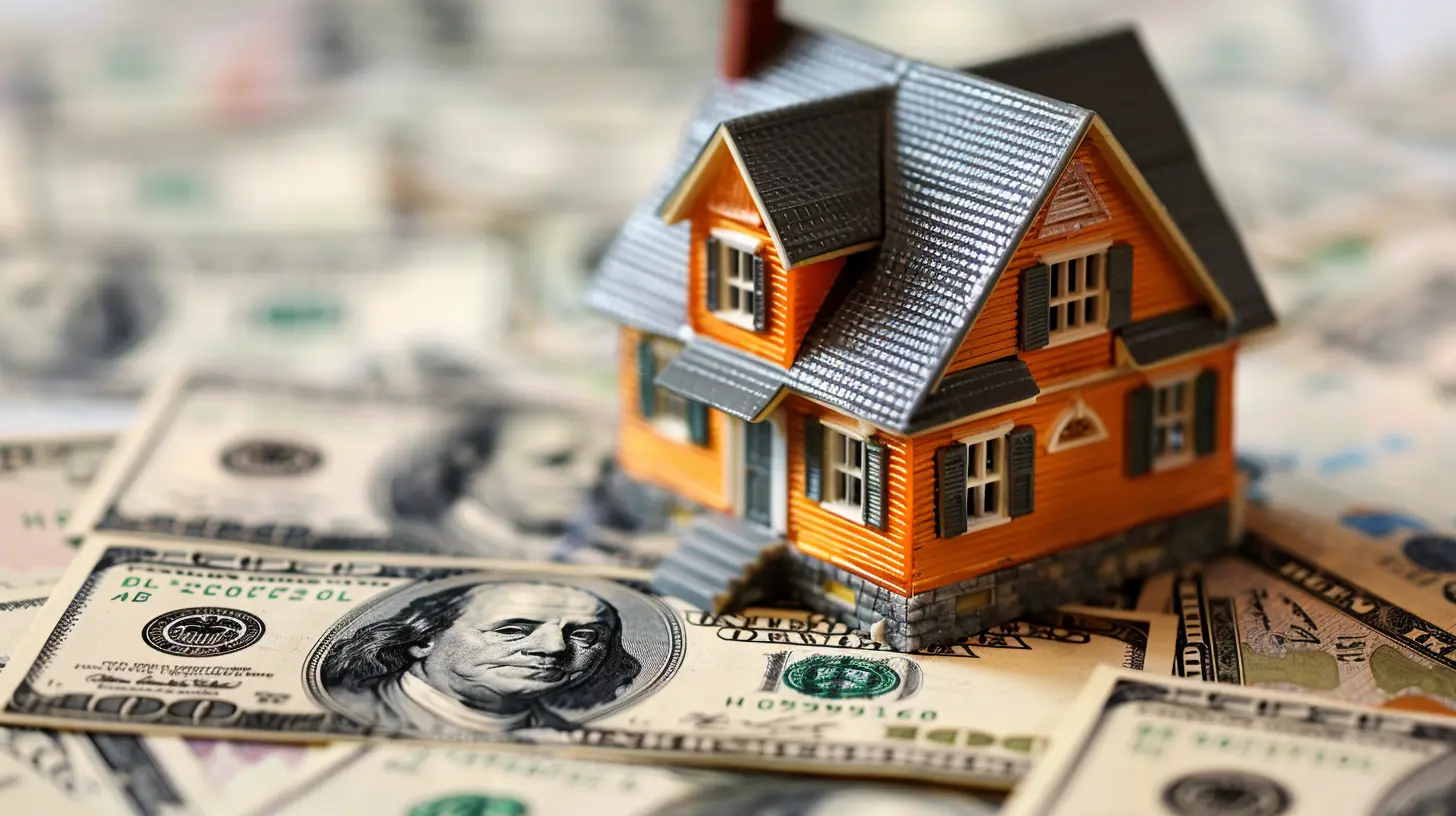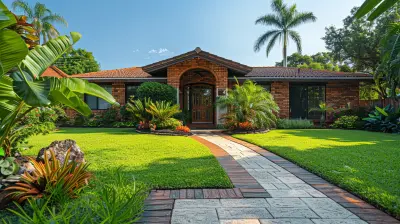How to Determine the Right Asking Price for Your FSBO Home
22 August 2025
So, you're going the For Sale By Owner (FSBO) route—congrats! That’s a bold and empowering choice. You’re ready to skip the real estate agent, take control of the process, and keep more of your equity. But now comes the million-dollar question (literally or figuratively): How do you figure out the right asking price for your FSBO home?
Pricing your home correctly can be the difference between a fast sale and months of frustration. Price it too high, and buyers might pass by without a second glance. Price it too low, and you could leave thousands of dollars on the table. So how do you strike the perfect balance? Let’s dive into the nitty-gritty of getting that number just right.
Why Is Setting the Right Price So Crucial?
Before we get into the how, let’s talk about the why. This isn't just slapping a price tag on your house like it’s a used microwave on Craigslist. Oh no, the stakes are much higher.Think of your asking price as a fishing lure—if it’s appealing and just right, you’ll get eager bites from serious buyers. But if it's off? Well, even the most beautiful home might sit there like a wallflower at prom.
Here’s what’s at risk with poor pricing:
- Too High: Your listing may get stale. Buyers may assume something’s wrong.
- Too Low: You may attract quick offers, but regret leaving money on the table.
- Just Right: You’ll generate excitement, drive traffic, and receive competitive offers.
So yes, price matters—a lot.
Step 1: Understand Your Local Real Estate Market
Let’s be honest—real estate isn’t one-size-fits-all. A three-bedroom house in Austin, TX isn’t the same as a three-bedroom in Boise, ID. Even a block can make a difference.Do a Local Market Analysis (LMA)
You don’t need a license to do some digging. A Local Market Analysis, also called a Comparative Market Analysis (CMA), helps you understand what similar homes in your area are going for.Here’s how to start:
- Browse Listings: Use sites like Zillow, Redfin, or Realtor.com.
- Check Sold Prices: Focus on homes sold in the last 3-6 months.
- Match Features: Look for homes similar in size, age, style, location, and upgrades.
Pay attention to the price per square foot—it’s a helpful baseline, but remember, homes aren’t priced like bananas. Features matter.
Look at Days on Market
If homes in your neighborhood are sitting unsold for months, that’s your cue to price strategically. On the flip side, if houses are flying off the shelf? You might have wiggle room to aim higher.
Step 2: Be Honest About Your Home’s Condition
Let’s not sugarcoat it—your house isn’t perfect. And that’s okay! But you have to be realistic about its condition because buyers will be.Ask yourself:
- Are there outdated appliances?
- Is the roof 25 years old?
- Has the basement been waterproofed?
- Are the bathrooms original from the 80s (turquoise tile and all)?
Sure, these flaws don’t make your home unsellable, but they do affect value. A home inspection might bring these up anyway, so it’s better to factor them in now rather than deal with price negotiations later.
Think of it like pricing a used car. If there are scratches and a weird noise under the hood, you can't ask for showroom price. Same goes for your home.
Step 3: Use Online Valuation Tools—But Cautiously
You’ve probably already popped your address into Zillow’s Zestimate tool—everyone does. And hey, it's fun! But should you trust it?These tools use algorithms, and while they’re fast, they’re not always accurate. They don’t know if your kitchen was remodeled last year or if your neighbor just had a foreclosure (which could skew the data).
Look at:
- Multiple AVMs (Automated Valuation Models): Try Zillow, Realtor.com, and Redfin.
- Average the Estimates: Don’t rely on just one number.
They’re decent for ballpark figures, but don’t hang your entire pricing strategy on them. Think of them like a GPS—good at giving directions, but you still need to keep your eyes on the road.
Step 4: Check Out the Competition
Buyers will compare your home to others they’re considering. So you should too!Go “House Shopping”
Pretend you're buying in your neighborhood. What homes are you up against? Tour open houses, scroll through listings, and get a feel for what’s available at different price points.Pay attention to:
- Presentation: Are the photos professional?
- Features and Finishes: Granite countertops? Hardwood floors?
- Curb appeal: Lush landscaping vs. a sad-looking front yard?
If your home is similar but priced higher, you’ll have a hard sell. If it’s better but priced the same, you could attract serious interest.
Step 5: Consider Professional Appraisal
You may not need a real estate agent, but that doesn’t mean you can’t call in a pro.Getting a professional appraisal before listing can be one of the best investments you make—especially for FSBO sellers.
An appraiser gives you a third-party, unbiased opinion based on market data and your home’s features. Expect to pay around $300-$600, but it can save you thousands by avoiding pricing missteps.
Bonus? It adds credibility when negotiating with potential buyers.
Step 6: Know When to Adjust
Set your price and… wait? Not exactly. This isn’t a “set it and forget it” slow cooker. You’ve got to stay engaged.Watch Buyer Feedback
Are you getting showings but no offers? That’s often a pricing issue. Are buyers saying, “We loved it, but…”? Listen closely.If your home’s been live for 2-3 weeks with little traction, it might be time to reconsider your asking price.
Be Ready to Pivot
The market changes fast. If a local employer announces layoffs or interest rates spike, you may need to adjust your pricing strategy. Flexibility is key to staying competitive.Step 7: Use Psychology to Your Advantage
Yep, pricing is a bit of a mind game. Buyers don’t just think in dollars—they react emotionally.Here’s how to use that:
- Price Just Below a Milestone: $299,900 sounds way more appealing than $300,000, even though the difference is negligible.
- End in a 9: Like $249,999 instead of $250,000. Retailers do it, and it works!
- Avoid Oddball Numbers: Something like $317,425 feels random and may confuse buyers.
Create a number that feels intentional, strategic, and appealing. It shows buyers you're serious and thoughtful—not just tossing a dart at the wall.
Step 8: Build in Negotiation Wiggle Room (But Don’t Overdo It)
You know buyers are going to haggle—it’s part of the game. So yes, leave a little cushion in your price. But be smart.If your home is worth around $350,000, listing it at $380,000 just to “leave room” might turn away potential buyers altogether. A better approach? Price it at $355,000 or so and show that you’re open—but not desperate.
Negotiation is like dancing: You lead, they follow, and nobody wants to step on toes.
FSBO Pricing Pitfalls to Avoid
Let’s talk about what not to do. We’ve all heard the horror stories. Let’s not add yours to the list.Don’t Let Emotion Cloud Reality
It's hard not to be emotionally attached to your home. You’ve made memories there. But buyers don’t care that your kids took their first steps in the living room. They care about the layout, the light, and the price.Stay objective. Look at data, not sentiment.
Don’t Chase the Market
If you price too high and then keep dropping your price slowly, you’ll always be one step behind. Buyers notice. Set a fair price upfront and stick with it—or make adjustments quickly when necessary.Don’t Set It and Forget It
You can’t just list your home and hope for the best. Monitor interest, track stats, and be ready to adapt. Think of it like flying a plane—you’ve got to keep an eye on the instruments.Final Thoughts: Price Smart, Sell Fast
Selling your home FSBO is totally doable—you just have to be sharp, realistic, and a little strategic. Pricing your home right from the start sets the tone for your entire sales journey.It’s not just a number—it’s a story, a strategy, and sometimes the dealmaker or breaker.
So roll up your sleeves, do the research, and trust yourself. You’ve got this.
And hey, if you ever get stuck, there’s no shame in bringing in a little help, whether from an appraiser, home stager, or even a real estate attorney. This is your home, your investment—make that number work for you.
all images in this post were generated using AI tools
Category:
For Sale By OwnerAuthor:

Cynthia Wilkins
Discussion
rate this article
1 comments
Melody McFadden
This article provides valuable insights for FSBO sellers. To enhance it, consider including examples of effective pricing strategies used by successful sellers. Additionally, a brief section on common pitfalls to avoid would further benefit your readers. Well done!
August 30, 2025 at 10:59 AM

Cynthia Wilkins
Thank you for your insightful feedback! I appreciate your suggestions for including pricing strategies and common pitfalls, and I'll certainly consider them for future revisions.


